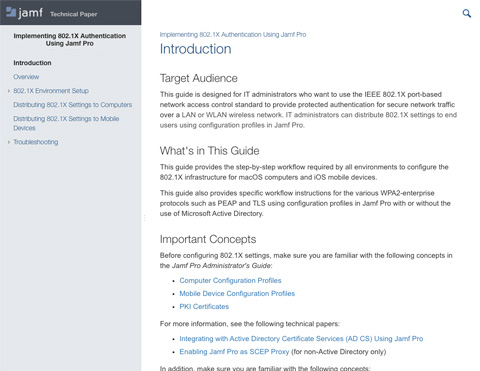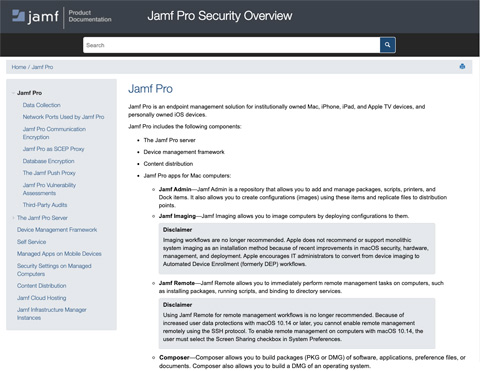
When you create an account, you can do the following: This payload allows you to create and delete local accounts, and reset local account passwords. For complete instructions on administering Dock items, see Dock Items. When you add Dock items, you can also choose to add them to the beginning or end of the Dock.

This payload allows you to add and remove Dock items. This payload also allows you to issue a new FileVault recovery key for computers with macOS 10.9 or later.įor complete instructions on enabling FileVault, see Disk Encryption Configurations. This payload allows you to enable FileVault on computers with macOS 10.8 or later by distributing disk encryption configurations. For complete instructions on administering printers using a policy, see Printers. This payload allows you to map and unmap printers. For complete instructions on running scripts using a policy, see Scripts. You can also enter values for script parameters. This payload allows you to run scripts and choose when they run in relation to other tasks in the policy. For complete instructions on creating a policy to run Software Update, see Running Software Update Using a Policy. This payload allows you to run Apple’s Software Update and choose the software update server that you want computers to install updates from. Add the packages to the Autorun data of each computer in the scope.įor complete instructions on managing packages, see Package Deployment.Specify the distribution point computers should download the packages from.This payload also allows you to do the following when installing packages: To install all cached packages, use the Maintenance payload. This payload allows you to perform the following software distribution tasks: (For example, you can ensure the policy does not run on weekends.) This uses the time zone settings of each target computer. Specify client-side limitations for the policy.(For example, you can specify an expiration date/time for the policy.) This uses the current user's timezone that is configured in Jamf Pro. Specify server-side limitations for the policy.Specify the drive on which to run the policy.(This only works with the "Ongoing" execution frequency.)

(This only works with the "Once per computer" execution frequency.)

(For example, if you need to take the policy out of production temporarily, you may want to disable it.) This payload allows you to do the following: This section provides an overview of each payload. Under Jamf Pro Server Objects, select the Read option for each object displayed.Īxonius supports the Jamf Classic API and Jamf Pro API.When creating or editing a policy, you use a payload-based interface to configure settings for the policy and add tasks to it. Make sure to select Custom from the Privilege Set dropdown, and select Full Access from the Access Level dropdown. Click New to create a new user and select Create Standard Account > Next.Log in to the Jamf Pro admin panel and navigate to the Settings panel.Creating a user by connecting to the Jamf admin panel The value supplied in Username and Password must have read access to devices. Items to not fetch (optional) - Select one or more options to exclude from fetching.Async chunks in parallel (required, default: 20) - The number of chunks to fetch in parallel when working with the Classic API.If cleared, Axonius will use the Classic API. Use pro API - Select to use Jamf Pro API.Fetch mobile devices (required, default: true) - Select whether to fetch mobile devices in addition to standard devices for this adapter connection.This field is ignored when Use pro API is selected. Fetch policies (required, default: true) - Select whether to fetch policies associated with devices for this adapter connection.



 0 kommentar(er)
0 kommentar(er)
